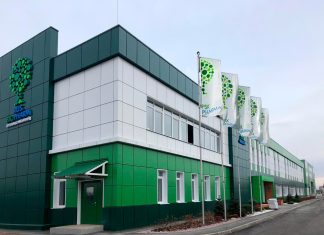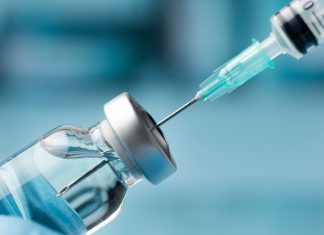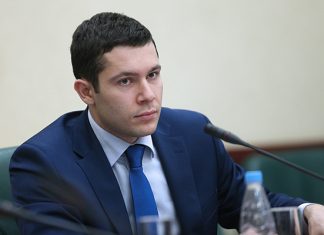From January to April 2025, 17.1 million packages of topical wound healing drugs worth 5.1 billion rubles (in retail prices, including VAT) were sold on the Russian retail market. Over the year, sales increased by 15.9% in monetary terms. At the same time, antibacterial drugs are making a major contribution to the dynamics of the retail market of wound healing products this year, according to the RNC Pharma analytical company.
In the first 4 months, 33 INNs of wound healing and antibacterial products under 64 trademarks of 61 manufacturers were sold in retail.
Antibacterial drugs account for 70% of sales in the category in terms of natural units. According to analysts, over the past few years, natural consumption has increased only in this group. The majority of the products (64%) contain dexpanthenol, a substance found in a significant number of cosmetic products, which are attracting customers away from pharmacy products within the category.
The absolute leader in terms of demand was Bayer HealthCare’s Bepanten (22% in rubles). Its sales increased by 16% in monetary terms and by 6.4% in packages y-o-y. In 4 months, 1.3 million brand packages worth 1.1 billion rubles were sold.
The second position was retained by Nizhpharm’s antibacterial drug Levomekol, with a sales share of 21.2%. Oflomelid (Binnopharm Group) rounded out the top three. According to analysts, the brand has climbed one position in the ranking over the year, driven by active sales growth in rubles (+33%). This allowed it to get ahead of Baneocin (Novartis). The market shares of the brands are close, at 10.1% and 10%, respectively. Baneocin also showed significant growth, at the level of +27% in rubles.
Among the top ten brands, analysts recorded a decrease in sales of the unbranded D-Panthenol, which was produced by three companies in the analyzed period. The greatest growth among the top products, in addition to Oflomelid and Baneocin, was noted for Leo Pharma’s Fucidin (fusidic acid), with a 27% increase in sales over the year.




